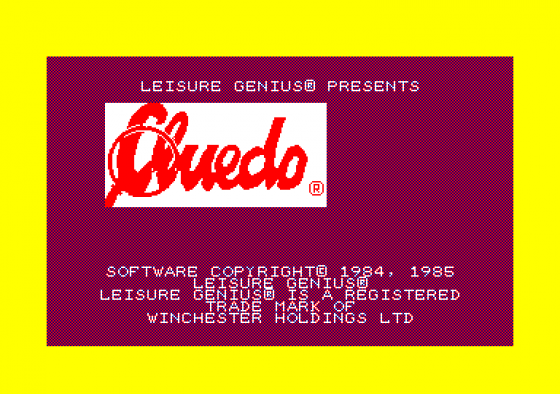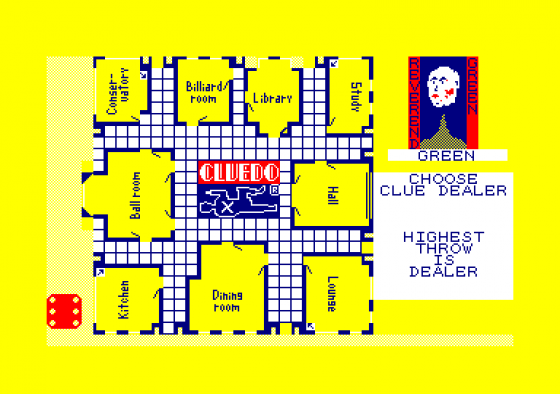Other Reviews Of Cluedo For The Amstrad CPC464
Cluedo (Leisure Genius)
A review by Peter Connor (Amstrad Action)
Cluedo (Leisure Genius)
A review
Monopoly, Scrabble, Cluedo (Leisure Genius)
Enjoy the thrill of the board game without having to share it with annoying friends and relatives.


 1st April 1986
1st April 1986


